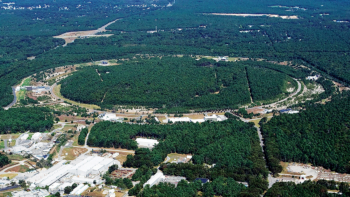 Read article 'Weighing the antiproton'
Read article 'Weighing the antiproton'
Weighing the antiproton
The ASACUSA collaboration has just published a determination of the antiproton charge and mass to an incredible six parts in a hundred million. How was this impressive precision achieved and why is ...











